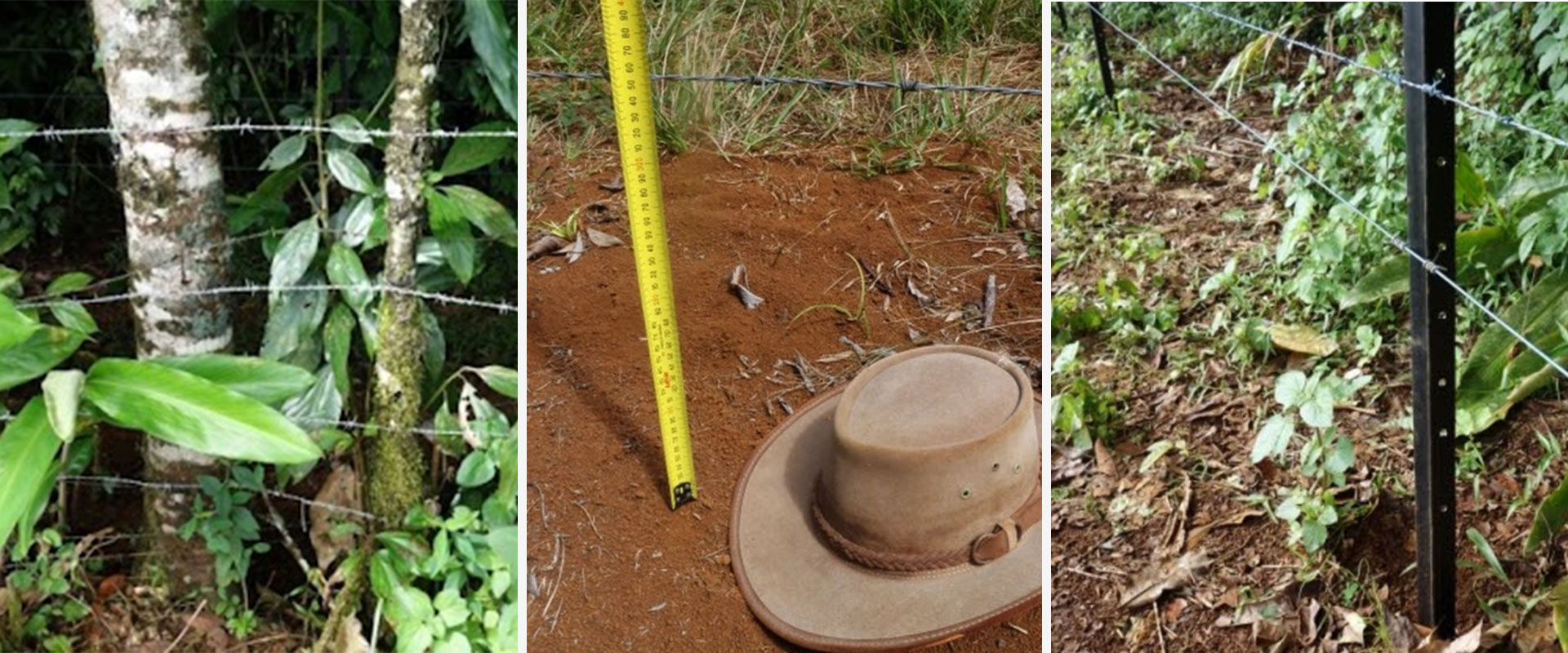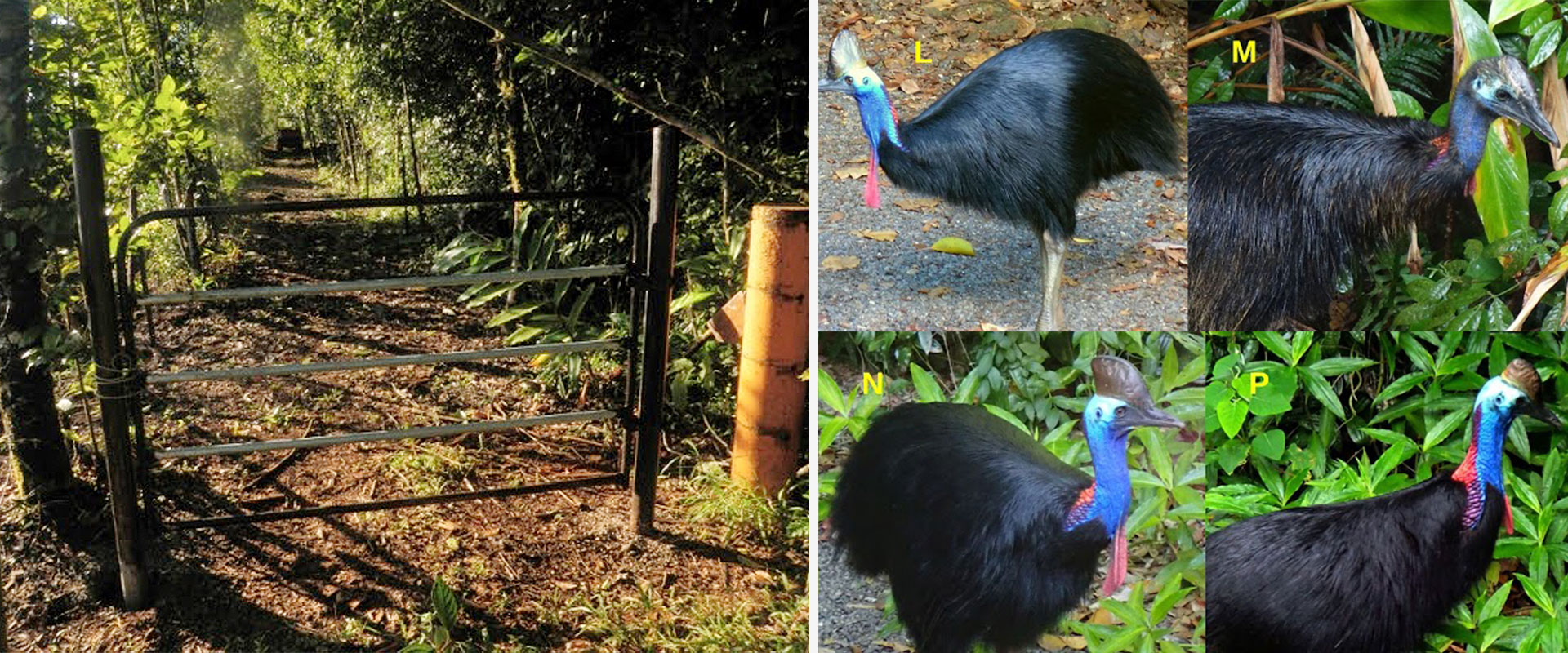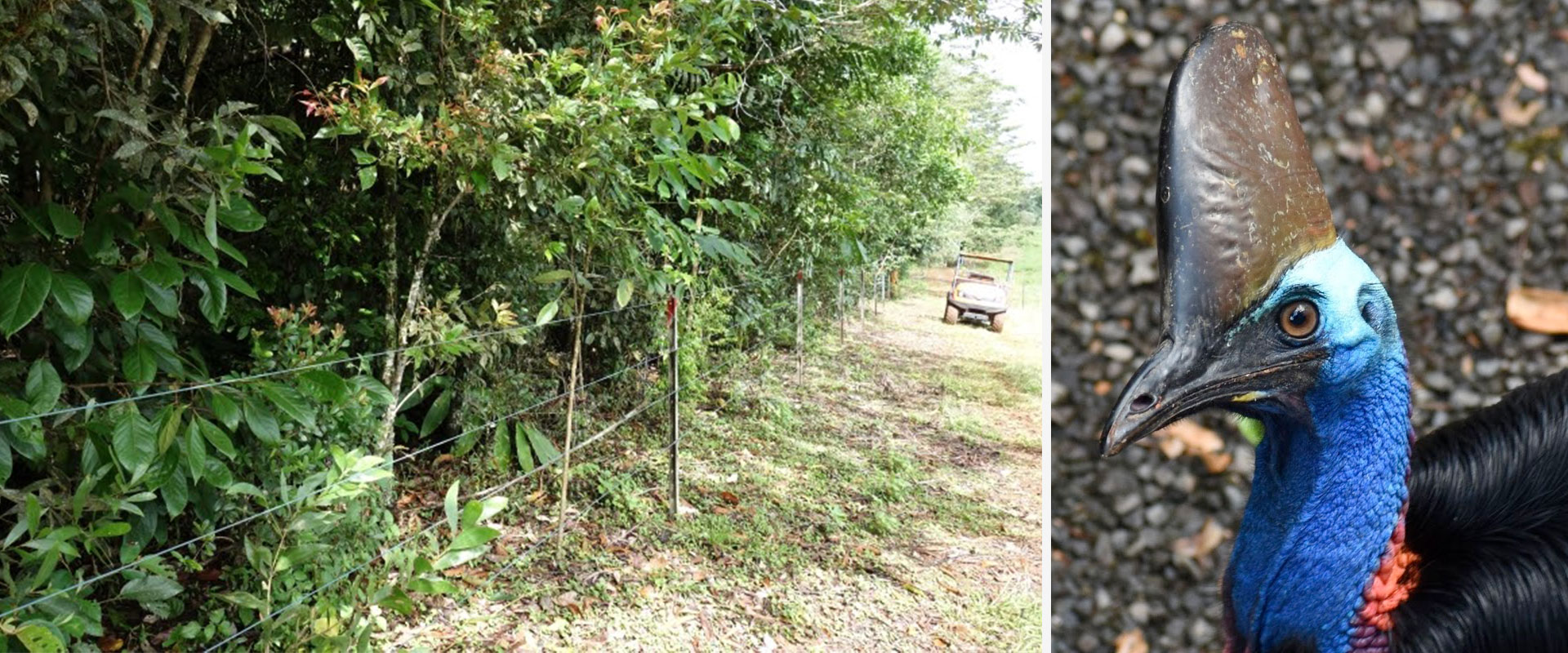Small actions make a big difference.
If you’ve ever doubted how something insignificant can make a profound impact, read on…
On the face of it, four rolls of plain fencing wire doesn’t sound like a great deal. But then, it’s a matter of context, as we’ll soon discover.
Travelling up and over the Great Dividing Range in Far North Queensland takes you from lowland habitats (often cleared for farming and development) through dense forest at higher altitudes and back down towards the tablelands and a horizon of savannah and dry forest. As that journey comes off the higher slopes you can find areas of ancient rainforest, like that at Wairambar, near to Mount Bartle Frere – Queensland’s highest mountain. Heading further north, Kuranda, Mount Lewis and Daintree National Parks form a protected chain of deep, verdant green along the edge of the ranges.
Wairambar Rainforest is one of the wettest (4,000mm of rain annually!) and oldest rainforest environments in Australia, forming part of a boundary region between the Ngadjonji and Mamu Rainforest People. Since 2006, 24 hectares have been protected as a Nature Refuge, now in private ownership.
The site is now an area of ongoing rainforest restoration, adjoining the Wet Tropics World Heritage area and Wooroonooran National Park, connecting up the canopy from where it was once a mixed-use property, with cedar logging taking place in the last hundred years. Remnants of those days, such as barbed wire fencing to segregate nature from pastoral sections of the property, are evident when exploring the location.
It is this change in land management practice towards habitat restoration where Rainforest Rescue comes in.

Above: The old barbed wire is a risk to cassowaries, especially young birds. Measuring a new height for the bottom fence rung allows cassowaries to ‘duck’ the fence and deters livestock from approaching the restored rainforest understory. A plain wire removes the risk of cassowaries injuring themselves. Images © Wairambar Rainforest.
A helping hand
Several years ago, the property owners required consultation on their restoration work, and we readily helped. We also provided four rolls of plain fencing wire to replace the barbed variety that was being removed, knowing that the more benign version would serve two main purposes.
On the one hand, the wire serves to keep cattle from venturing into the rainforest and regenerated areas of the property, minimising any risk of grazing and livestock-wildlife interactions. More significantly, it also allowed some incredibly special rainforest inhabitants to move around more freely.
Now, at least 23 individual Southern cassowaries have been encountered around Wairambar Rainforest, each using the cassowary-friendly fencing and gate design that the owners installed, allowing the birds to safely traverse through open clearings to reach other patches of rainforest.
Paul Michna, from Waraimbar Rainforest Nature Refuge provides more details:
“The cassowary friendly fences have allowed us to “wedge out” the exposed pastoral boundary reducing the drying effect of wind, increasing humidity and restoring the under-canopy rainforest micro-climate.
With the lowest wire at 500mm cassowaries can navigate the fence with ease, making travel to surrounding rainforest patches effortless. In addition our cassowary friendly gate design has worked very well to let cassowaries in but keep cattle out.”
You may have noticed there is a third benefit to the wire, aiding the restoration and reforestation of the property, with strategic use of plots to slowly encourage the rainforest ecotones to reemerge. Of course, the ‘rainforest gardeners’ will also be doing their bit to spread seeds and genetic diversity across the terrain.

Above: A ‘Cassowary gate’ with gaps either side for an adult cassowary to easily pass through. Four of the 23 Cassowaries identified at Wairambar Rainforest, with each bird assigned a letter of the alphabet for research tracking. Images © Wairambar Rainforest.
Long-term difference
Our humble intervention at this location has had a long-lasting effect, as part of an ongoing management program of restoration and scientific study.
Wairambar Rainforest has over 600 individual species of flora and fauna recorded, with the cassowaries just one of the rainforest residents that inhabit the refuge. With minimal disturbance from human contact, this area of the Wet Tropics region remains a biodiverse and protected environment, much like parts of the Daintree Rainforest to the north.
Further proof that the legacy of four rolls of wire is pretty impressive!
To learn more about how we’re supporting local restoration projects in the Wet Tropics region, read our article on the Green Economy in Far North Queensland.
Want more good Rainforest news in your life?
Subscribe to our eNews | Follow us on Instagram | Like us on Facebook | Subscribe to our YouTube channel
Help Protect Rainforests Forever
Donate to Protect Rainforests Forever | Become a Rainforest Guardian for as little as $2 a month | Partnership Options


